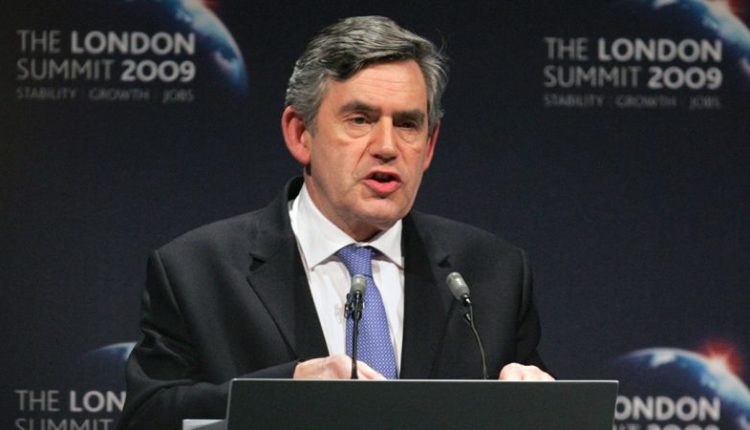At the G20 summit in London in 2009, Britain’s then-Prime Minister Gordon Brown heralded a “new world order” in which rich and developing nations would come together to tame the inequities and excesses of globalization. At the height of a global financial crisis, Brown declared a “new progressive era of international co-operation.”
Fourteen years later, the G20 summit in India later this week will reflect how hopes of a global order based on a Western rules-based system have splintered, the world’s division into democratic and autocratic camps, and the way in which internal populism and protectionism in many states have eroded pushes for free trade.
Brave words about reforming carbon economies now face resistance as the economic price and political complications of fighting climate change emerge.
G20 member Russia is a pariah over the war in Ukraine and President Vladimir Putin cannot risk travel in case he’s arrested for war crimes on an international warrant.
Xi Jinping, the leader of the world’s new superpower, China, likely won’t even show up to the summit.
It’s unlikely that the G20 meeting will produce any consensus on the war in Ukraine, given that Russia and probably China would block it.
The biggest risk of the summit is that it could actually heighten antagonism between many of the Western and developing nations that the group was set up to bridge. Any new mistrust between Western democracies and developing states in the G20 of course plays into the hands of Putin and Xi.
Xi’s reasoning is often opaque, but his no-show might be a protest at simmering border tensions and rising geopolitical angst with the great eastern Pacific superpower India, or could even be motivated by internal economic concerns over a property market crisis in China. But Xi did find time to attend an summit of the BRICS nations in Johannesburg last month.
The BRICS group – including Brazil, Russia, India, China and South Africa – welcomed new members Saudi Arabia, Iran, Ethiopia, Egypt, Argentina and the United Arab Emirates. The move was widely interpreted as another step by China toward creating its own competing world order to the US and its allies, in which it leads a group of developing states.
In that light, his absence from the G20 takes on a whole new perspective.
US President Joe Biden said at the weekend that he was disappointed that he wouldn’t see Xi, after a flurry of US foreign policy and trade officials visited Beijing in a bid to slow plummeting relations.
Biden might still be able to set up a bilateral meeting with Xi at the Asia Pacific Economic Cooperation forum summit in San Francisco in November. But the jury is still out on whether Beijing is as keen on easing crisis-hit relations as much as Washington is.
Xi’s absence could offer Biden an opening to push forward his relationship with Indian Prime Minister Narendra Modi, whom he welcomed to a glittering state dinner at the White House in June. The US would like to nudge India closer to security arrangements and political groupings involving its allies in the Pacific, as it seeks to counterbalance rising Chinese power.
But India is likely to go only so far, as its historic non-aligned status evolves into a posture of trying to have a foot in both camps.
New Delhi has disappointed the West by failing to forcefully condemn Russia’s invasion of Ukraine and has profited from cheap Russian oil following a boycott by US-allied nations. As a rising power that is still regarded as a developing nation, India is a leading member of both the BRICS and the G20.
Read the full article here

